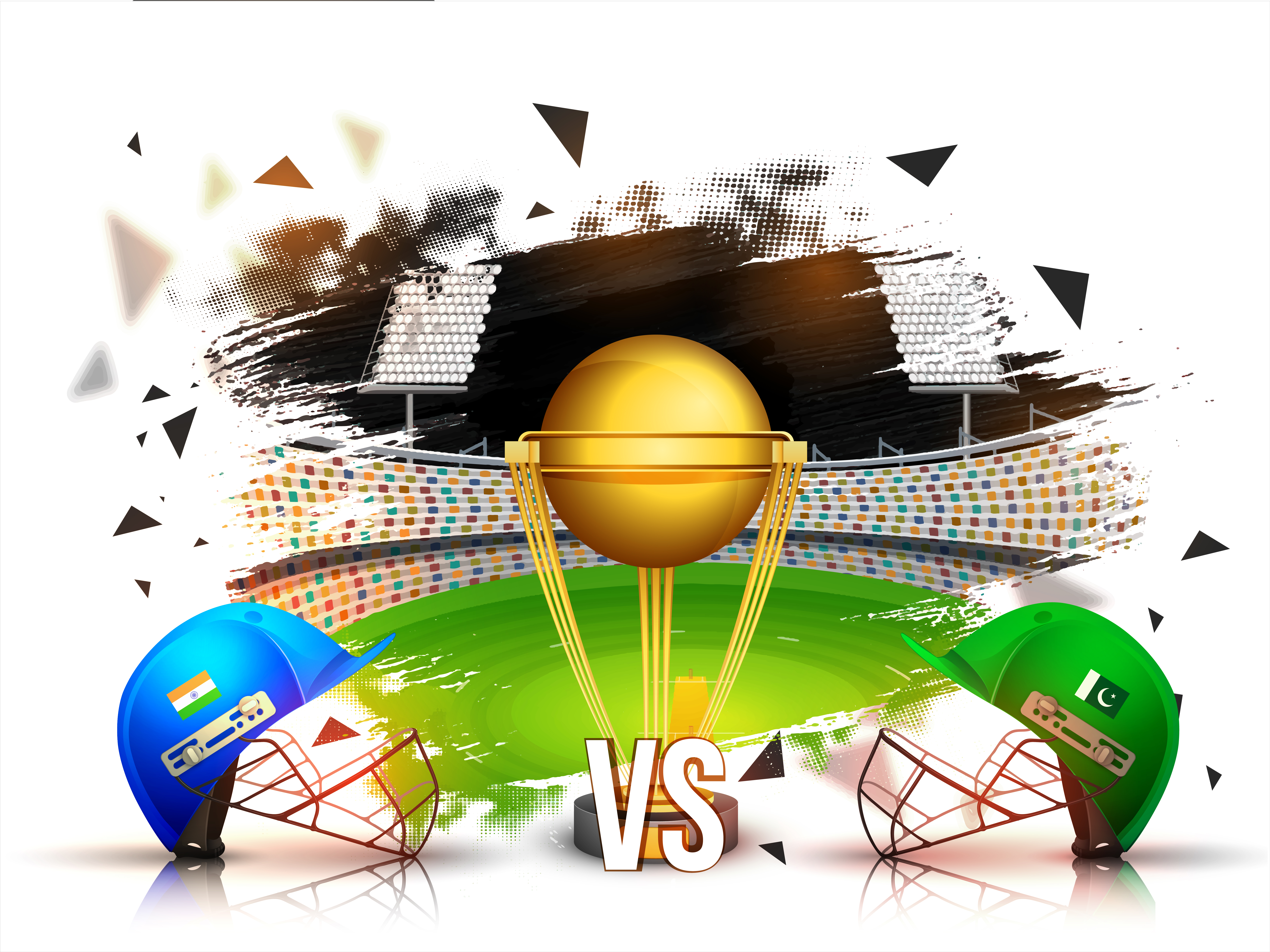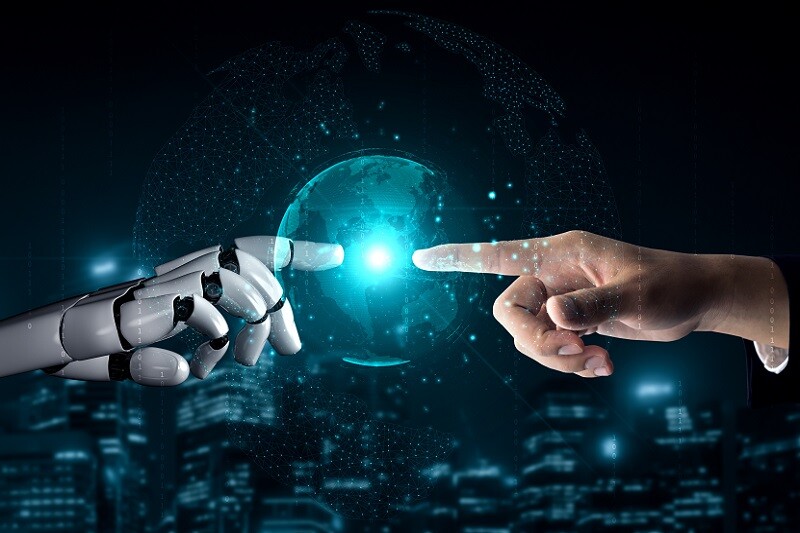Political parties play a pivotal role in shaping the democratic landscape of any country, and India is no exception. With its diverse population and complex socio-political fabric, India has witnessed the rise of numerous political parties, each with its unique ideologies, missions, and historical evolution. This article aims to provide a comprehensive overview of the political parties in India, delving into their historical rise, political ideologies, and missions. sanskritisarita
keywords: Political Parties in India, Indian National Congress (INC), Bharatiya Janata Party (BJP), Political Ideologies in India, Development Initiatives, Economic Reforms, Liberalization, Rural Development, MGNREGA, Infrastructure Development, Smart Cities Mission, Swachh Bharat Abhiyan, Digital India, Healthcare Initiatives, Ayushman Bharat Yojana, Education Initiatives, Sarva Shiksha Abhiyan, Beti Bachao, Beti Padhao, Foreign Policy and Trade, Renewable Energy, Social Welfare Programs, Pradhan Mantri Jan Dhan Yojana, ICDS (Integrated Child Development Services), Make in India, Industrial Growth in India. sanskritisarita
1.Historical Overview
India's tryst with political parties began during the colonial era when the Indian National Congress (INC) emerged as the first significant political entity. Founded in 1885, the INC was initially moderate and aimed at seeking limited representation within the British colonial framework. However, it gradually transformed into the principal vehicle for India's independence movement, championing the cause of freedom and self-governance. Its written by sanskritisarita article writer.
1.1 The Indian National Congress (INC)
The INC's rise can be attributed to its inclusive and moderate approach, which resonated with a wide cross-section of Indian society. Prominent leaders like Mahatma Gandhi, Jawaharlal Nehru, and Sardar Patel played crucial roles in galvanizing public support for the party. The INC's ideology evolved over time. Initially focused on constitutional reforms, it later adopted the goal of complete independence. The party's ideology was rooted in non-violence, secularism, and socialism, and it played a pivotal role in shaping India's post-independence political landscape. The primary mission of the INC was to secure India's freedom from British colonial rule, followed by the establishment of a democratic and secular state. Post-independence, it aimed to lead the country towards social and economic development, with a focus on welfare and social justice.
The Indian National Congress (INC), commonly known as the Congress Party, is one of the two major national political parties in India, with the other being the Bharatiya Janata Party (BJP). As of my last knowledge update in January 2022, here are some key details about the Indian National Congress:
Foundation and History:
The Indian National Congress was founded in 1885, making it one of the oldest political parties in India.
It played a pivotal role in the Indian independence movement against British colonial rule, with leaders like Mahatma Gandhi, Jawaharlal Nehru, and Sardar Patel being prominent members.
Ideology:
The Congress Party has historically been associated with a center-left and secular ideology.
Its ideology emphasizes pluralism, secularism, social justice, and inclusive economic development.
Leadership:
The leadership of the Congress Party has seen various leaders over the years. Prominent leaders have included Mahatma Gandhi, Jawaharlal Nehru, Indira Gandhi, Rajiv Gandhi, Sonia Gandhi, and Rahul Gandhi.
As of my last update, Sonia Gandhi was the party's President, while Rahul Gandhi was a prominent leader and Member of Parliament. Leadership roles within the party may have evolved since then.
Electoral Performance:
The Congress Party has had a significant presence in Indian politics, having formed the government at the national level multiple times.
It has also been successful in various state-level elections, forming governments in several Indian states.
Key Policies and Initiatives:
The Congress Party, during its tenures in power, has implemented several key policies and initiatives, including the Green Revolution in agriculture, the National Rural Employment Guarantee Act (NREGA), and the Right to Information Act (RTI).
The party has also focused on social welfare programs, poverty alleviation, and education.
Alliance Partners:
The Congress Party has often formed alliances with other political parties, such as the United Progressive Alliance (UPA) at the national level, to secure majorities in parliamentary elections.
Social Media and Digital Presence:
Like other major political parties, the Congress Party has utilized social media and digital platforms for political campaigns and outreach to connect with a diverse range of constituents.
Criticism and Controversies:
The Congress Party has faced criticism on various fronts, including allegations of corruption during some of its tenures in power.
The party has also faced criticism on issues related to national security and economic policies.
Foreign Policy:
The Congress Party-led governments have pursued a policy of non-alignment and have emphasized India's role in international diplomacy.
Economic Policies:
The party has traditionally advocated for a mixed economy with an emphasis on social welfare, inclusive development, and poverty reduction.
1.2 The Bharatiya Janata Party (BJP)
The Bharatiya Janata Party (BJP) emerged as a significant political force in the 1980s, primarily as a successor to the Jan Sangh, a right-wing party. The BJP's rise can be attributed to its strong advocacy for Hindutva (Hindu nationalism), pro-market economic policies, and assertive foreign policy. The BJP's ideology is deeply rooted in Hindutva, which emphasizes the cultural and religious aspects of Hindu identity. It also stands for a market-friendly economic agenda and a robust national defense posture. The BJP's mission is to promote the interests and cultural identity of Hindus in India, while also steering the nation towards economic growth and development. The party has been in power at the center several times and has pursued a pro-Hindu, pro-business agenda.
The Bharatiya Janata Party (BJP) is one of the two major national political parties in India, the other being the Indian National Congress (INC). As of my last knowledge update in January 2022, here are some key details about the BJP:
Foundation and History:
The BJP was founded on April 6, 1980, with the merger of the Bharatiya Jana Sangh (BJS) and several other smaller parties.
The Bharatiya Jana Sangh, the predecessor of the BJP, had been established in 1951 by Shyama Prasad Mukherjee.
Ideology:
The BJP is known for its right-wing and nationalist ideology. It is associated with the Hindutva ideology, which emphasizes the cultural and religious aspects of Hindu identity.
In addition to Hindutva, the party also supports pro-market economic policies, a strong national defense posture, and a firm stance on issues related to national security.
Leadership:
As of my last update, the BJP was led by Narendra Modi as the Prime Minister of India, and J.P. Nadda as the party's National President.
Narendra Modi has been a prominent figure in Indian politics, serving as the Prime Minister since 2014. He is known for his charismatic leadership and is a key figure in the party.
Electoral Performance:
The BJP has had significant electoral success in India. It has won multiple general elections and formed governments at the central level.
The party has also been successful in various state-level elections, having formed governments in several Indian states.
Key Policies and Initiatives:
The BJP-led government, under Prime Minister Narendra Modi, has launched several key initiatives, including "Make in India," "Digital India," "Swachh Bharat Abhiyan" (Clean India campaign), and "Pradhan Mantri Jan Dhan Yojana" (financial inclusion program).
The government has also introduced significant economic reforms, such as the Goods and Services Tax (GST), and demonetization.
Alliance Partners:
The BJP often forms alliances with other political parties to secure majorities in parliamentary and state-level elections. The National Democratic Alliance (NDA) is one such alliance, with the BJP as the dominant partner.
Social Media and Digital Presence:
The BJP has been active in utilizing social media and digital platforms for political campaigns and outreach. It has a strong online presence and effectively uses these tools to connect with a broad range of constituents.
Criticism and Controversies:
The BJP has faced criticism from various quarters for its association with Hindutva, as some critics argue that it threatens the secular fabric of India. The party has also faced criticism on issues related to religious and social tensions.
Foreign Policy:
The BJP-led government has pursued a more assertive foreign policy, strengthening ties with countries like the United States and Israel. It has also maintained a tough stance on issues like terrorism and national security.
Economic Policies:
The BJP government has implemented economic policies aimed at promoting business and investment, including initiatives like "Make in India" and "Startup India."
2.Regional Political Parties
Apart from national parties like the INC and the BJP, India has a plethora of regional political parties that have played a crucial role in shaping the country's political landscape. These parties cater to specific regional, linguistic, or ethnic constituencies and often possess distinct ideologies and missions.
2.1 Dravida Munnetra Kazhagam (DMK)
Rise: The DMK is a prominent regional party in the southern state of Tamil Nadu. It was founded in 1949 by C.N. Annadurai and played a significant role in opposing Hindi imposition in the state. It gained popularity for its strong regional identity and social justice agenda.
Ideology: The DMK is known for its Dravidian ideology, which emphasizes social justice, self-respect, and regional autonomy. The party champions the cause of Tamil language and culture.
Mission: The DMK's mission is to protect and promote the interests of the Tamil people, ensure social equality, and maintain a secular and inclusive society.
2.2 Shiv Sena
Rise: Founded in 1966 by Bal Thackeray, Shiv Sena is a prominent regional party in the state of Maharashtra. It started as a regional, pro-Marathi party and later adopted a Hindutva ideology.
Ideology: Shiv Sena's ideology is a combination of regional pride, Hindutva, and strong advocacy for the rights of the Marathi-speaking people. It also has a strong stance on issues related to national security.
Mission: Shiv Sena's mission includes the promotion of Marathi culture, the protection of Hindu interests, and maintaining a tough stance on law and order, especially in Mumbai.
3.Left Parties
India has a long-standing tradition of left-wing politics, with communist parties playing a significant role in shaping the country's political discourse.
3.1 Communist Party of India (CPI)
Rise: The Communist Party of India (CPI) was founded in 1925 and played a crucial role in the Indian independence movement. It gained prominence in various states through its grassroots mobilization.
Ideology: The CPI adheres to Marxist-Leninist principles and aims to establish a socialist society. It advocates for workers' rights, land reforms, and social equality.
Mission: The CPI's mission is to create a classless society where the means of production are collectively owned and economic disparities are eliminated.
3.2 Communist Party of India (Marxist) - CPI(M)
Rise: The CPI(M) split from the CPI in 1964 and is a significant left-wing party in India, particularly influential in states like West Bengal and Kerala.
Ideology: The CPI(M) also follows Marxist-Leninist principles, with an emphasis on class struggle and social justice. It supports land reforms and the rights of the working class.
Mission: The CPI(M) aims to establish a society based on socialist principles, reduce economic inequalities, and promote the interests of the working class.
4.Contemporary Political Landscape
The Indian political landscape is dynamic and continually evolving. Over the years, new political parties have emerged, and existing ones have undergone ideological shifts. Here are some contemporary political parties that are shaping India's political landscape:
4.1 Aam Aadmi Party (AAP)
Rise: The Aam Aadmi Party (AAP) was founded in 2012 by Arvind Kejriwal, with the goal of providing a clean and alternative political platform. It quickly gained popularity in Delhi and has expanded to other states.
Ideology: The AAP focuses on issues related to anti-corruption, transparency in governance, and participatory democracy. It also emphasizes providing basic services to the common people.
Mission: The AAP's mission is to provide honest and accountable governance, reduce corruption, and improve the lives of the common people.
4.2 All India Trinamool Congress (TMC)
Rise: The TMC, led by Mamata Banerjee, gained prominence in West Bengal. It was formed in 1998 and came to power in the state, breaking the long-standing dominance of the Left parties.
Ideology: The TMC's ideology revolves around regional autonomy, secularism, and the protection of Bengali interests. It has a strong stance on federalism.
Mission: The TMC's mission includes safeguarding the rights and interests of the people of West Bengal and promoting regional autonomy within the Indian federal framework.
5.Challenges and Future Trends
The Indian political landscape is marked by several challenges and evolving trends that will continue to shape the ideologies, rise, and missions of political parties in the future.
5.1 Coalition Politics
One significant trend is the prevalence of coalition politics at the national and state levels. In recent years, no single party has been able to secure a majority on its own in the Lok Sabha (the lower house of India's parliament). This has led to the formation of multi-party coalitions and alliances. Coalition politics has necessitated compromise and negotiation, with parties having to align their missions and ideologies to maintain power.
5.2 Identity Politics
Identity politics, which involves the mobilization of communities based on religion, caste, or ethnicity, has become a prominent feature of Indian politics. Many parties, especially in regional and state contexts, align themselves with specific identity groups to secure their support. This trend poses both opportunities and challenges for Indian democracy, as it can help marginalized groups gain representation but also deepen divisions.
5.3 Social Media and Digital Campaigning
The advent of social media and digital campaigning has significantly impacted how political parties interact with the electorate. Parties now use online platforms to reach a larger audience, disseminate their ideologies and missions, and engage with voters. This shift has reshaped the dynamics of political communication and campaign strategies.
5.4 Economic and Social Development
The aspirations of India's young and increasingly urban population are influencing the priorities of political parties. Parties need to address issues related to economic growth, job creation, healthcare, and education to stay relevant. Economic and social development are becoming critical components of their missions, especially at the state and regional levels.
Development in India:
Development in India, a country of immense diversity, is influenced by the policies and actions of various political parties. Over the years, different parties have played a pivotal role in shaping the nation's progress. Here, we will explore the development initiatives undertaken by political parties in India in detail.
Economic Reforms and Liberalization: One of the most significant turning points in India's economic development was the economic liberalization and reforms introduced in 1991. The Indian National Congress (INC)-led government, under the leadership of then-Finance Minister Dr. Manmohan Singh, initiated a series of reforms that dismantled the license raj, reduced trade barriers, and opened up the Indian economy to foreign investment. These policies led to increased economic growth, foreign direct investment, and the emergence of a vibrant private sector.
Rural Development: Various political parties have focused on rural development, given India's agrarian economy. The Mahatma Gandhi National Rural Employment Guarantee Act (MGNREGA), launched by the INC-led UPA government in 2006, is one such initiative. It aimed to provide a safety net for rural households by guaranteeing employment and improving rural infrastructure, which contributed to poverty reduction and increased rural incomes.
Infrastructure Development: Infrastructure development is crucial for economic growth. The BJP-led government, under the leadership of Prime Minister Narendra Modi, initiated the "Smart Cities Mission" and "Swachh Bharat Abhiyan" (Clean India campaign). These initiatives focus on urban development, sanitation, and improving the quality of life in cities and towns.
Digital India: Digitalization is a key aspect of modern development. The Modi government introduced the "Digital India" campaign to promote digital literacy, e-governance, and the expansion of digital infrastructure. This has improved access to government services, financial inclusion, and connectivity in remote areas.
Healthcare Initiatives: The INC introduced the National Rural Health Mission (NRHM) to improve healthcare services in rural areas. Additionally, the Ayushman Bharat Yojana, launched by the BJP government, is aimed at providing health insurance to millions of Indian citizens, especially those in need of critical medical care.
Education: The Sarva Shiksha Abhiyan (SSA), initiated by the INC-led government, aimed to provide free and compulsory education for children. Similarly, the 'Beti Bachao, Beti Padhao' campaign, launched by the BJP government, focuses on improving the status and education of girls in India.
Foreign Policy and Trade: Political parties in power also influence India's foreign policy, which, in turn, impacts trade and economic development. Various governments have focused on strengthening diplomatic ties and trade relationships with countries worldwide, thus promoting economic growth and cooperation.
Energy and Environment: The development of renewable energy sources, such as solar and wind power, has gained prominence in India's development trajectory. Both INC and BJP governments have taken steps to promote clean energy, reduce carbon emissions, and improve the environment.
Social Welfare Programs: Social welfare initiatives, such as the Pradhan Mantri Jan Dhan Yojana (financial inclusion program) and the Integrated Child Development Services (ICDS), have been introduced by different governments to address poverty, malnutrition, and social inequality.
Industrial and Manufacturing Growth: Several governments have aimed at fostering industrial growth through the 'Make in India' campaign, which encourages manufacturing, job creation, and economic development.
In summary, the development initiatives undertaken by political parties in India are diverse and multifaceted. These initiatives span economic reforms, rural development, infrastructure, healthcare, education, foreign policy, energy, environment, social welfare, and industrial growth. Political parties in power play a critical role in shaping the nation's development trajectory, and their policies have far-reaching consequences for India's future.
Conclusion
The political parties of India have a rich history of evolution, each with its distinct ideologies and missions. The Indian National Congress, the Bharatiya Janata Party, regional parties, left-wing parties, and emerging entities like the Aam Aadmi Party and All India Trinamool Congress all contribute to the vibrant tapestry of Indian democracy. As India faces complex challenges and opportunities in the coming years, the ideologies, rise, and missions of these political parties will continue to shape the nation's political landscape. The dynamic nature of Indian politics ensures that the future will witness new entrants and shifts in party strategies, further enriching the country's democratic discourse.












